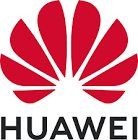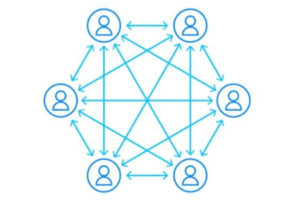$BABA $TCEHY $SMIC
#Huawei #Technology #Innovation #Smartphones #HarmonyOS #Mate70 #FoldablePhones #China #OperatingSystem #SelfDeveloped #TechStocks #MobileTech
Huawei has made a significant technological leap with the launch of its Mate 70 series, including the Mate 70, Mate 70 Pro, Mate 70 Pro+, and the foldable Mate X6. These models, introduced on Tuesday, mark a critical pivot for the Chinese tech giant as they feature HarmonyOS NEXT, Huawei’s self-developed operating system. This new OS represents Huawei’s deeper push towards technological independence, following years of restrictive sanctions from the U.S. government that cut off access to key American software and hardware components. With this launch, Huawei seeks to carve out a larger share of the smartphone market and strengthen its foothold as a global innovator in operating systems.
The introduction of HarmonyOS NEXT could prove to be a milestone for Huawei and the broader tech industry. Until now, most smartphone operating systems, such as Android (by Google) and iOS (by Apple), were developed and dominated by U.S. companies. By creating its proprietary OS, Huawei not only diversifies its product offerings but also positions itself as a competitor to these tech heavyweights. For investors, this trajectory might reveal a long-term growth outlook for Huawei and allied players in the semiconductor and software industries, including domestic suppliers such as $SMIC (Semiconductor Manufacturing International Corporation). The move could also impact $BABA and $TCEHY, as they are key players in China’s broader technology ecosystem, which stands to benefit from Huawei’s renewed competitiveness.
Financial markets will likely closely monitor the adoption rate of devices running HarmonyOS NEXT. Huawei’s ability to attract consumers to its new ecosystem will play a pivotal role in determining its success. If the Mate 70 series performs well in the global and domestic markets, it could lead to a broader acceptance of non-U.S. operating systems, potentially reshaping the competitive landscape of the smartphone market. This could also translate into stronger revenue streams for Huawei over time and improved stock performance for its supply chain partners. However, the challenges can’t be ignored, particularly as the company faces limited access to advanced chipsets due to ongoing sanctions. The success of HarmonyOS NEXT may depend not just on technological performance but also on its ability to procure competitive hardware components.
In the broader context, this launch could have geopolitical and economic implications. Huawei’s strengthened position in the global tech landscape could further bolster China’s ambition to reduce dependence on Western technology. This development aligns with state-backed initiatives in China to foster indigenous innovation, especially in critical industries like semiconductors, artificial intelligence, and telecommunications. Investors keeping an eye on Chinese technology stocks might see these developments as long-term bullish indicators. Nevertheless, risks remain, particularly with escalating U.S.-China trade tensions and potential sanctions on companies perceived to be aiding Huawei. Balancing such risks with the potential for long-term growth will be key for market participants evaluating this transformative moment for the company and the sector at large.











Comments are closed.